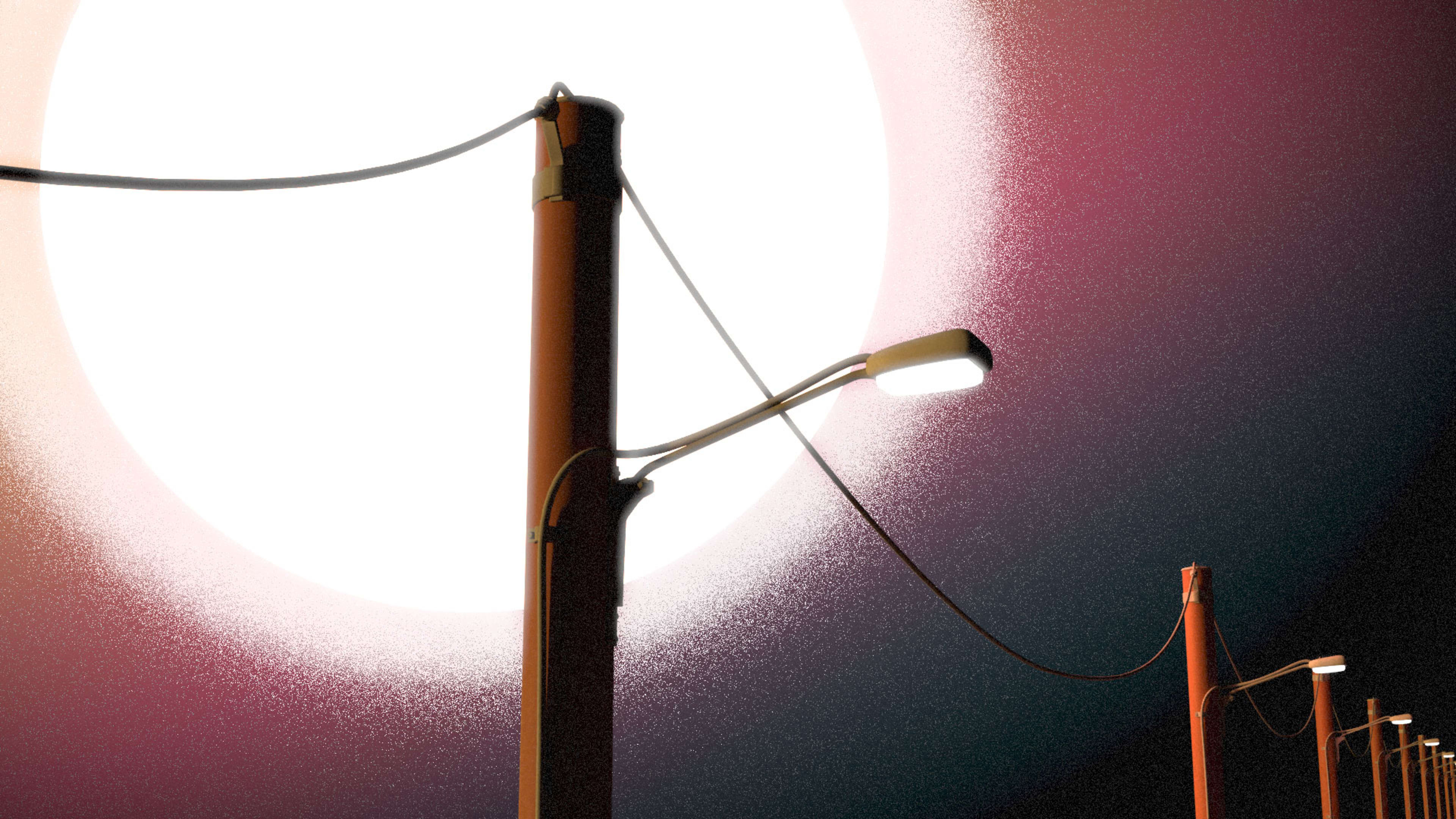In Uganda, urban populations are skyrocketing. Annual growth rates measure around 3% in cities like Kampala and Jinja, and people are increasingly moving from rural to urban areas. On the surface, this is good for the economy. But what’s happening in these Ugandan cities is money for basic public services, especially in the informal settlements that have developed across the cities, is stretching thin.
The financial strain of rapid urbanization affects everything from road maintenance to construction, but a team of researchers at the University of Leeds focused on one issue in particular: street lighting. “Lighting is absolutely something we take for granted in the cities where it exists,” says Lucy Oates, coauthor on the report and research fellow at Leeds’ School of Earth and the Environment. But the team at Leeds makes the case that comprehensive lighting in urban areas is crucial for a strong economy—and can be accomplished much more affordably than in years past due to advances in solar and LED technology. While this study focuses specifically on Ugandan cities, similar benefits have played out in places like Detroit, where, after decades of coping with broken lights, foot traffic in neighborhoods is up 15% thanks to new LEDs, and businesses are reporting gains.
Oates and her colleagues at Leeds undertook the research on Kampala and Jinja as a project for the Coalition for Urban Transitions, a research and policy development consortium that delves into topics cities need to consider as they grow. To study the effect of solar lighting investments in Ugandan cities, the Leeds team looked to the state of current solar lighting developments and extrapolated the results.
In Kampala, the local authority has funded and installed around 1,800 street lights across the city, in which currently, just 115 kilometers of the city’s 1,200 kilometers of roads are lined with lights (and just 8% of those function regularly). The Leeds team found that the city would have had to pay around $1 million U.S. dollars more to install the same number of conventional street lights, and the switch to solar could also generate savings down the line: Kampala currently spends around $35,000 U.S. dollars per month on street lighting bills, which could be entirely cut out if all the city’s lighting converts to solar. Jinja installed solar lights: 70 on the main road and another 22 on other crucial streets around the hospital and market. Another 20 went into a informal settlement neighborhood in the city, where the benefits were perhaps most pronounced: Because the neighborhood is not wired for conventional electricity, the cost of bringing standard street lights there was prohibitive for the government. The solar lighting was significantly cheaper.

Across both cities, other benefits were pronounced. For women in particular, Oates says, better-lit streets make it more possible to navigate the cities at night. “Without lighting, it gets pitch-black at 6 p.m.,” Oates says, so having to walk home from work or an event after that posed a risk. The increased safety, too, leads to more shops and vendors being able to remain open and work later into the night. The Leeds team estimated that in Kampala, 42,500 working hours could be added to the day by giving street vendors more light to work by, and 4,000 jobs could be added. If all Ugandan cities adopted solar lighting schemes, that could equate to 14,000 new jobs.
The Leeds researchers pointed to the opportunity for the Ugandan government—and governments of similarly developing nations—to construct policies that support solar lighting development. Sourcing and creating new funding streams to cover the up-front costs of solar will be crucial, and cities should look into ways to support local manufacturing of solar light posts to save on costs.
But ultimately, the additional legwork and cost needed to scale initiatives like this would be worth it, Oates says. If cities across sub-Saharan Africa adopted solar lighting on roads, it would more than double the region’s current renewable energy generation capacity of 92 GW and would position cities there to show leadership on both economic development and sustainability goals. “There are huge opportunities to leapfrog the more carbon-intensive development policies that other cities have pursued,” Oates says.
Recognize your brand’s excellence by applying to this year’s Brands That Matter Awards before the early-rate deadline, May 3.
